Lost African Art or Fashion’s Next Big Statement? The Truth About Batik
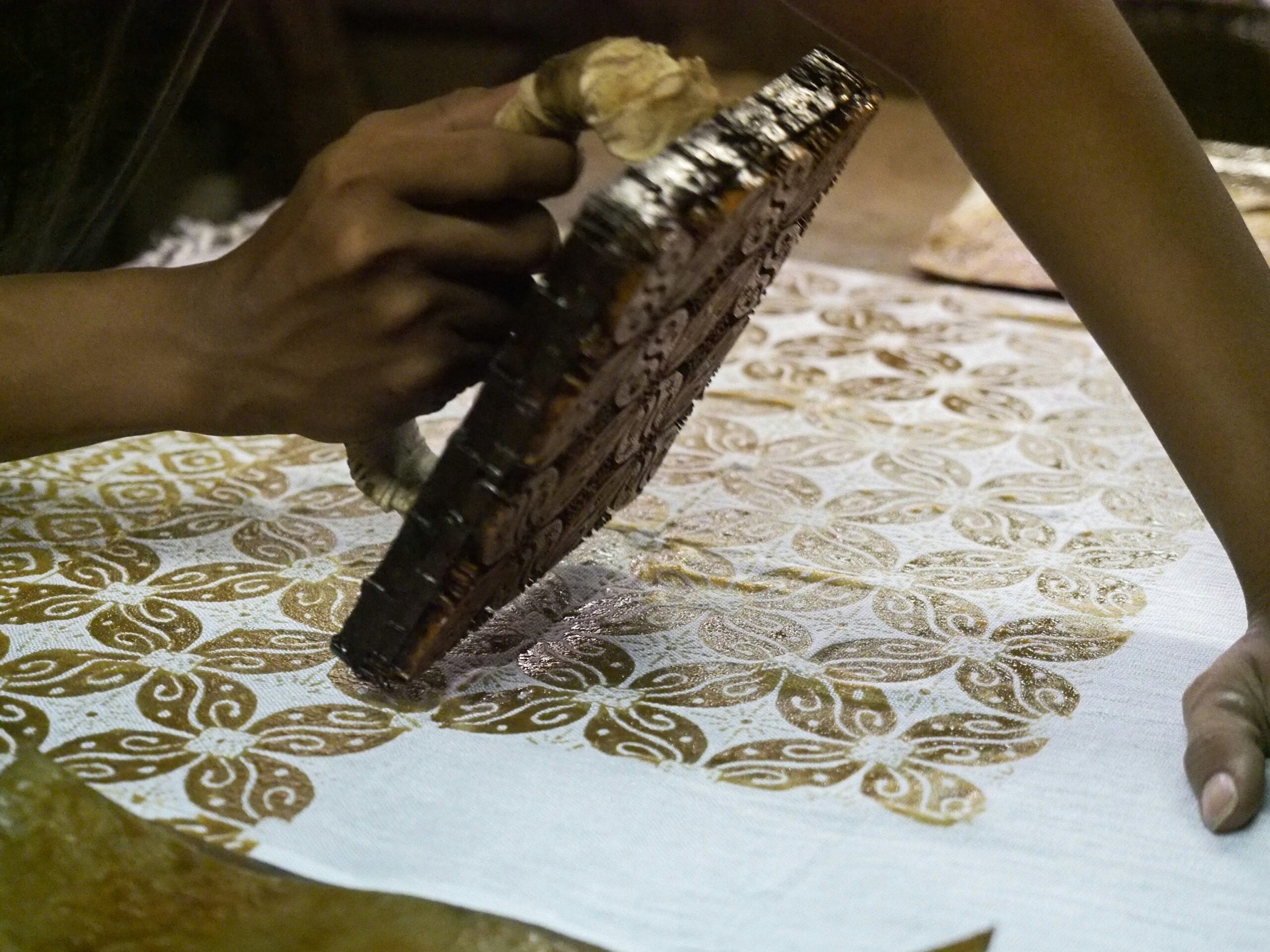
When I first saw it, I was mesmerized.
It was a random evening in Lagos. I had wandered into Bogobiri, a lively cultural hub when I spotted a local artisan at work. The fabric he held wasn’t just cloth, it was alive. Swirls of deep indigo and burnt orange, intricate patterns hand-drawn with wax, each line telling a silent story.
Some things in life, you don’t choose, they choose you.
That fabric, that night in Bogobiri, it chose me.
This wasn’t just about fashion. It was about storytelling.
I had spent years in the marketing world, helping brands craft their identities. But here, in my hands, was a story that had already been written for centuries. One that deserved a stage.
And in that moment, Zakai became my purpose: to bring these symbols to life in a way that honored African roots while reimagining them for the modern world.

Not Your Average Tie-and-Dye
Here’s a mistake most people make:
Batik is NOT tie-and-dye.
Tie-and-dye is playful and unpredictable. It’s created by folding and knotting fabric before dunking it into dye.
Batik? It’s precision. It’s craftsmanship. Artisans use hot wax to draw out patterns by hand, creating breathtaking designs that no machine can replicate.
Think of it like this:
- Tie-and-dye is a spray-painted mural. Vibrant but freeform.
- Batik is an ancient manuscript, carefully written, and steeped in meaning.
For centuries, Batik was a status symbol worn by those who understood its depth. But today? It’s back in a big way.
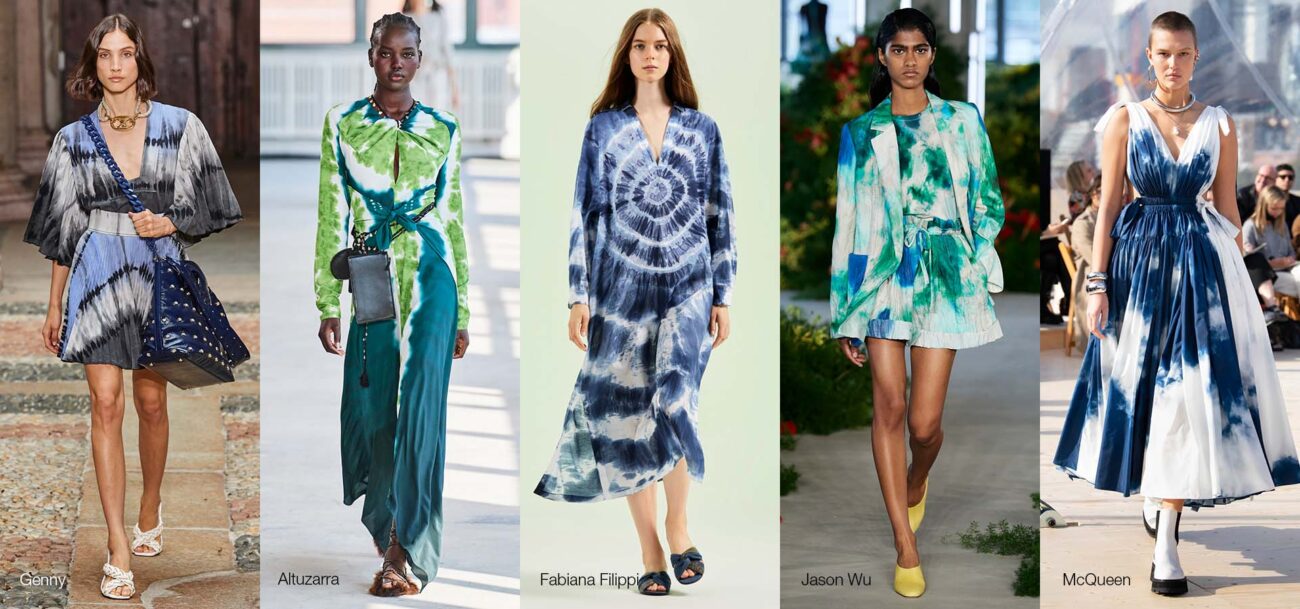
From Dries Van Noten to Prada, luxury designers are breathing new life into Batik, blending tradition with modern silhouettes. Streetwear brands are remixing it into hoodies, bomber jackets, and statement pieces.
Why? Because fashion is starving for authenticity. In a world of mass-produced trends, Batik is a revolt against the ordinary. Each piece is handcrafted. No two are the same. It’s a way to wear something that is truly yours.
At Zakai, we don’t just make clothes, we craft stories. Every symbol in our Afro-Androgynous Collection has meaning:
BeseSaka: Power and abundance. A reminder that wealth is a mindset before it’s a reality.
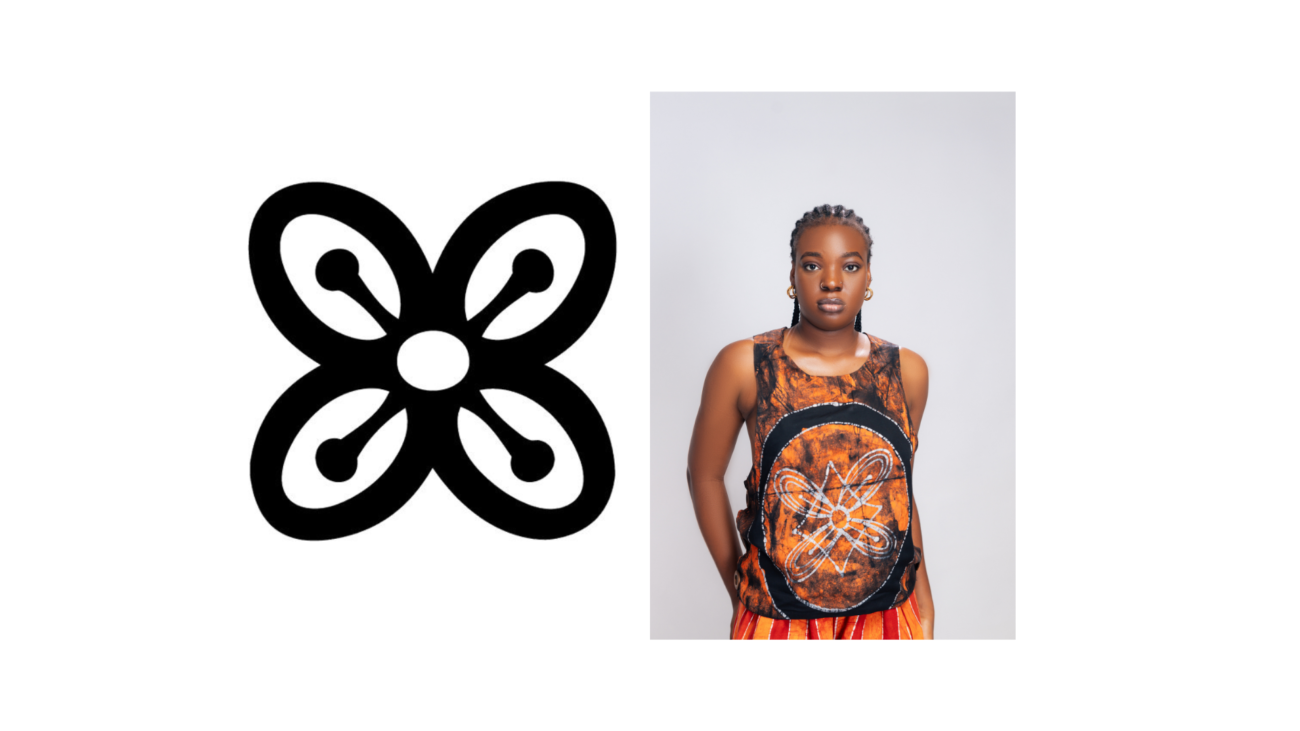
Ohene: Leadership. A fusion of Adinkra and Arewa symbols, made for those destined to stand out.
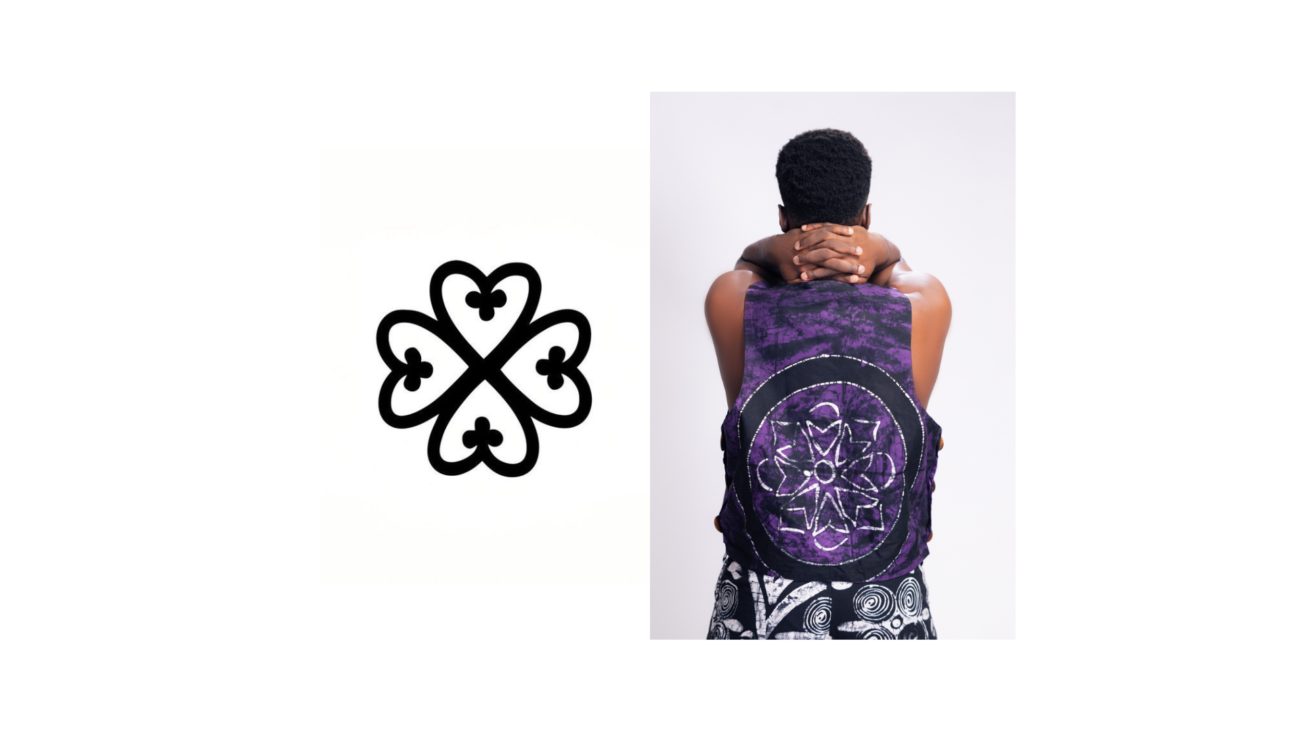
Dwennimmen: Humility and strength. Inspired by the ram’s horn, proof that you can be both powerful and grounded.
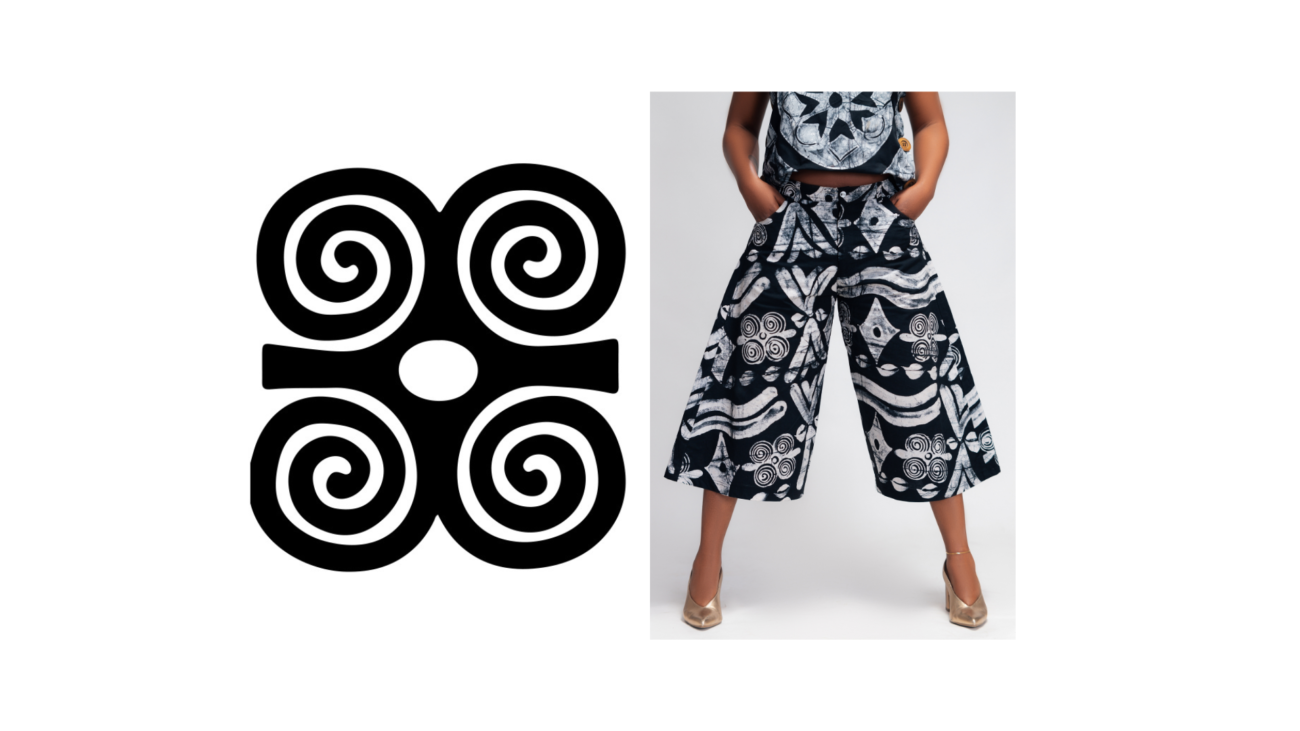
These aren’t just patterns. They’re affirmations you wear.
Your Move → Wear Something That Speaks
We have two choices when we dress:
Blend in or stand for something.
Batik is more than a fashion statement. It’s an identity. A legacy. A piece of history reimagined for today.
At Zakai, we’re making sure Batik doesn’t stay locked in museums. It belongs on streets, in closets, and in the future of fashion.
And the next chapter? That’s yours to wear.➡ Explore the collection now.
